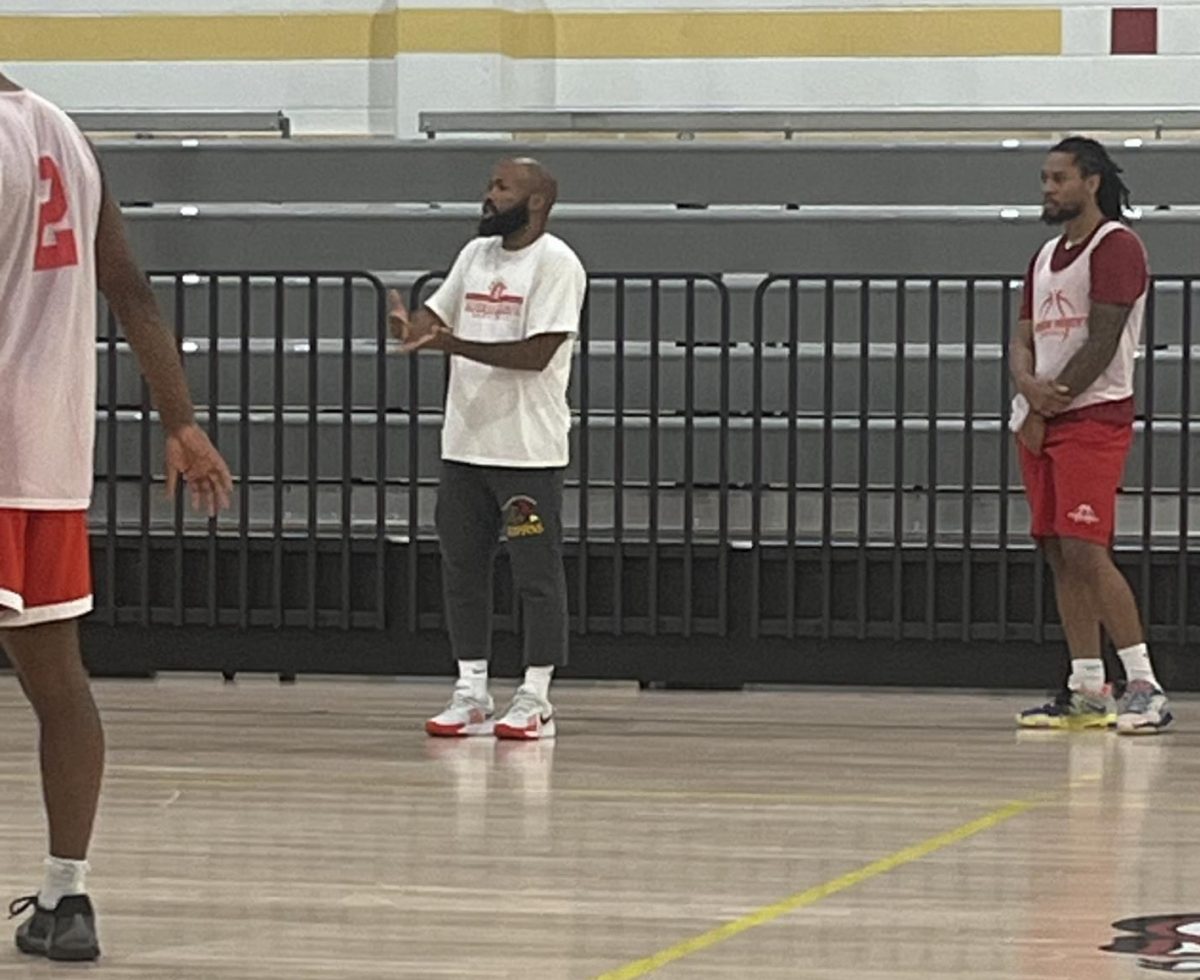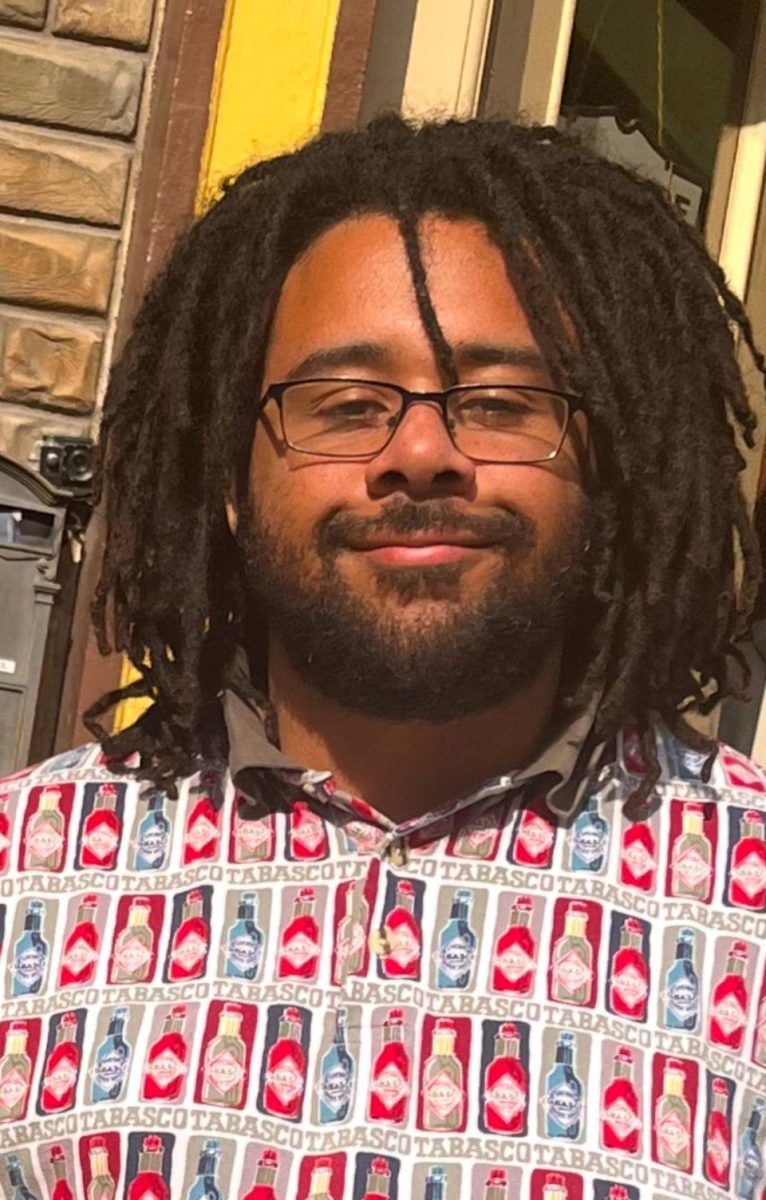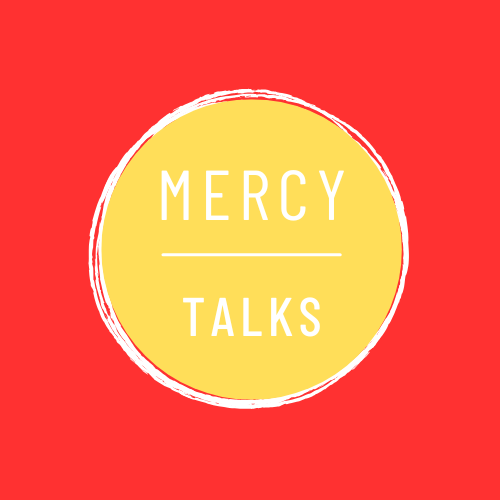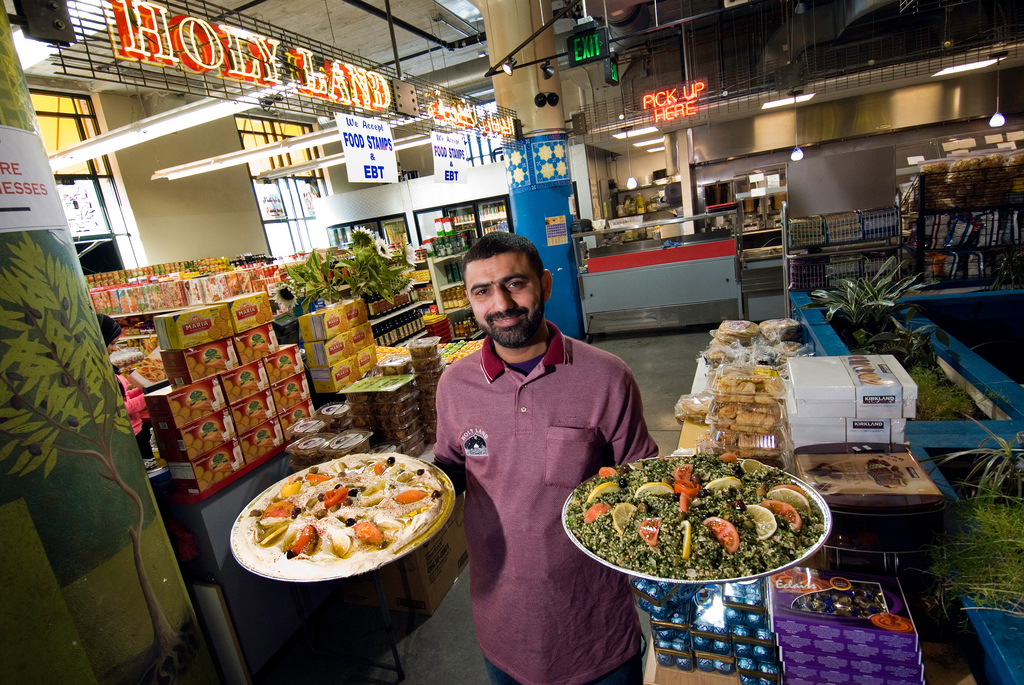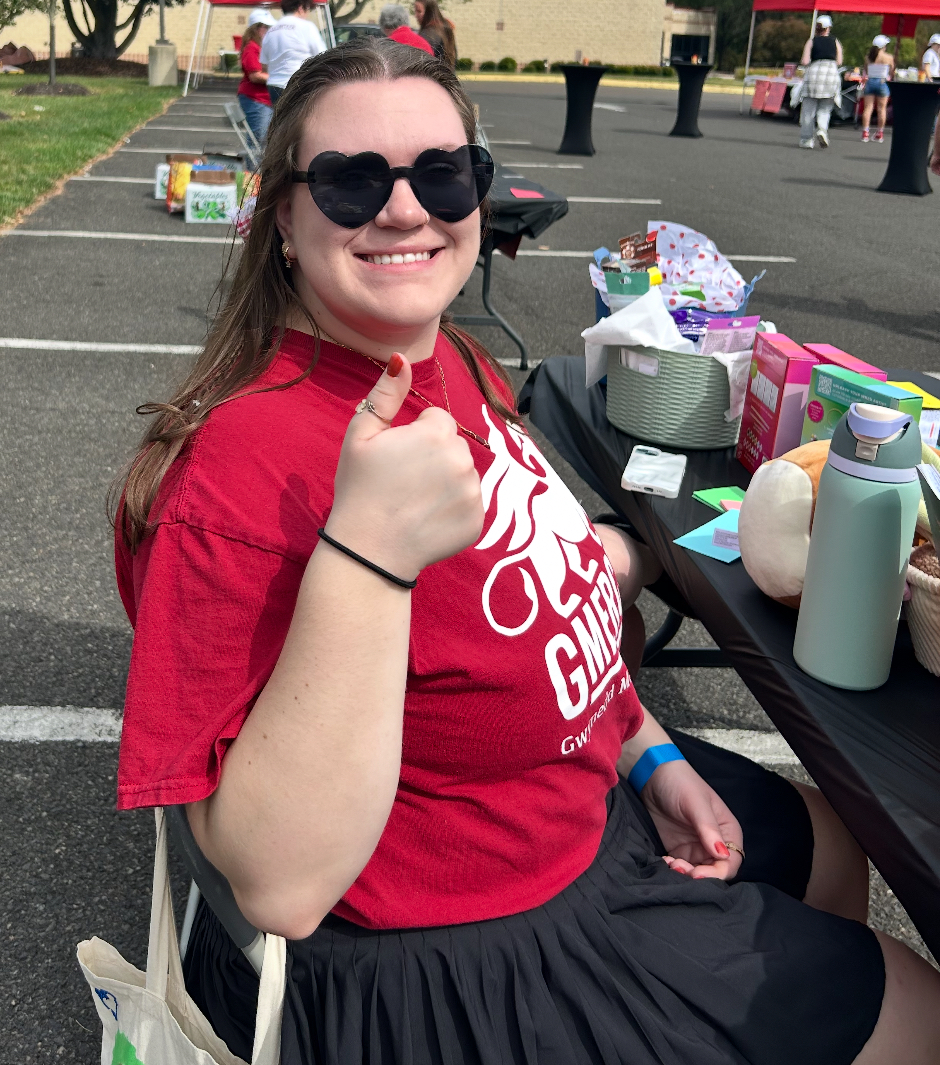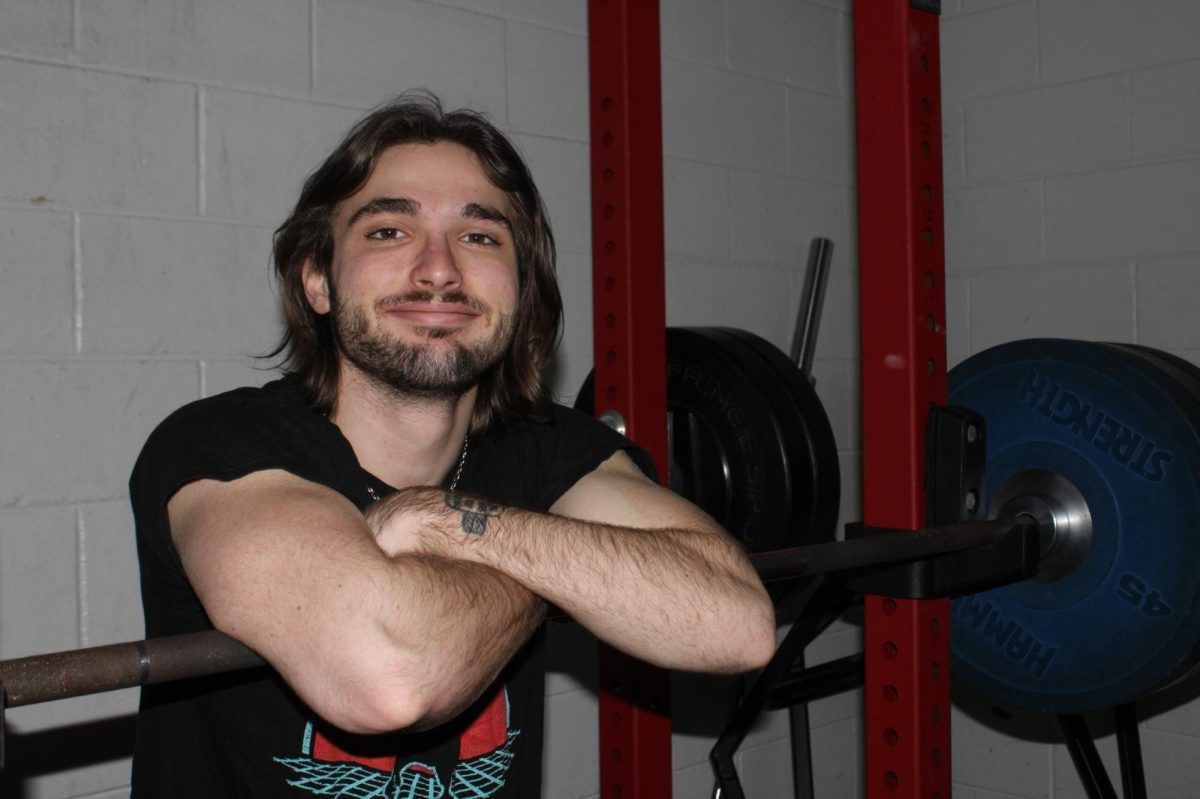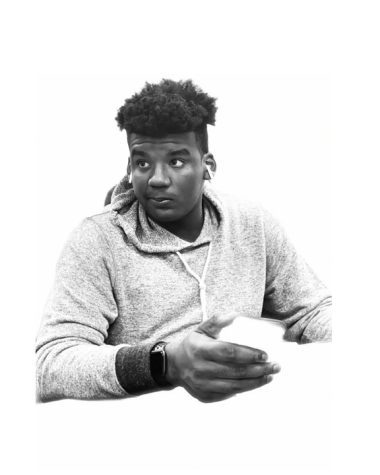Kids Hurt: Drive By Shooting 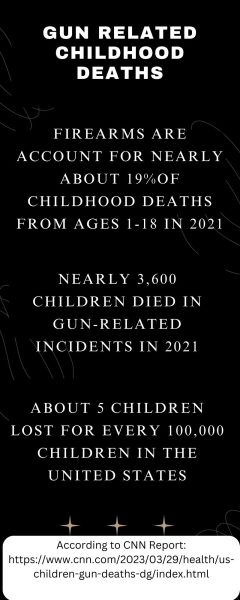
According to University of Missouri researchers, firearm fatality affected kids more than car accidents. In 2020, Mary Bernardin, MD examined cases of gun violence from 2014 to 2017 and found 72% of children were shot outdoors by unknown shooters, whose motivation was unknown in 93% of cases. The second most common circumstance was drive-by-shooting theses shootings were often described by victims as occurring while the child was doing outdoor activities such as walking home from school, playing in the park, or sitting on the stoop of their house.
Bystanders are caught in the crossfire of armed conflict. According to Aftermath, in 2021, 492 people unintentionally died by gun inflicted. In 2022, there have been unintentional shootings by over 21, children, resulting in 9 deaths and 13 injuries.
Children hurt in Accidents:
Children often fall victim to the different natures of accidents involving gun violence and it can affect both immediate and enduring harm on their lives. Children in the United States are at a far greater risk of unintentional gun death than children in other developed countries. Children ages 0-14 in the United States have far higher rates of unintentional firearm death than children in other developed countries.
According to Pediatrics in 2021, firearms continued to be the leading cause of death among US children from 2018 to 2021, with a 41.6% increase in the firearm death rate. In 2021, among children who died by firearms: 84.8% were male, 49.9% were black, 82.6% were aged 15 to 19 years, and 64.3% died by homicide. Children became unintended causalities, their lives have been disrupted in different way and it can also play a toll on young minds exposed to traumatic events, and their safety and security is a huge cause and effect.
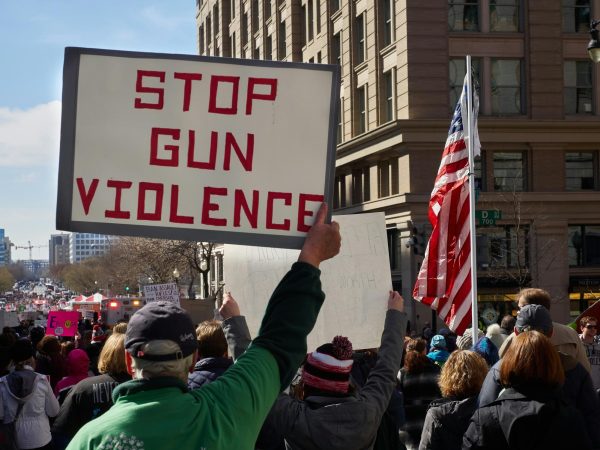
Impact on Family/Community:
Gun violence impacts families, victims, and communities. The ripple effect of emotional and social challenges plays a role in kids lives; they experience fear and trauma which undermines their sense of security.
The sound of a gunshot and the sight of seeing violence leaves lasting impressions and affects their well being. The effects of gun violence can disrupt communities, creating an atmosphere of fear and danger that can affect a child vision of growing up. Kids who survived gun violence have a 68% increase in psychiatric disorders and a 144% increase in substance use disorders and they spend an average 34,844 more on health care in the first year alone.
The moms and dads of injured children experienced a 30% increase in psychiatric disorders, compared with parents whose children didn’t sustain gunshot injuries. Family members of young people who died from a firearm injury experienced even more dramatic effects. Mothers of children who were killed had a 15-fold increase in mental health visits, and fathers, who rarely had mental health care before losing their child, exhibited an 87-fold increase in mental health visits.
News about Gun Violence:
Experts found that kids who live in areas where shootings happen are 134% more likely to visit the ER for a mental health issue. Quan King who is a recreational center leader in West Philadelphia talks about trying to make the Christy Recreation Center in West Philadelphia a safe place for kids they have to deal with gun violence not for the kids physical safety but for their mental health.
This post is the first in an ongoing series exploring the Critical Concern of Non-Violence. This focus on gun violence aims to expand our understanding in our region and beyond.

